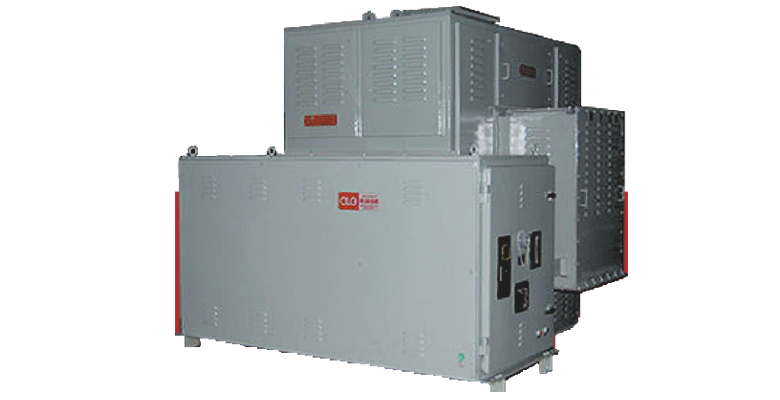
A dry-type transformer with an on-load tap charger is made to step up or down the AC volta, and it helps adapt the device’s operating conditions to the desired ranges. They can also galvanize the voltage levels with no effect on the frequency.
Dry-type transformers with on-load tap chargers were created initially in the city of Vadodara from Gujarat. They were made to fit applications with a medium voltage supply. They are static, which adds to their life and maintenance. Here’s all you need to know about them:
Characteristics
The dry type transformers with on-load tap chargers have windings in the cast resin, physical medium of air, or enclosed with no immersion or impregnation in silicones, oils, or similar.
They are helpful for large electrical systems or plants, including auxiliary services, companies, industries, schools, shopping centres, residential, etc.
An electrical system is heavily based on them, which is why they should be protected and catered to.
Features
These are the features of a dry-type transformer with on-load tap chargers:
- Maintenance – they don’t contain oil, so it is not required to be sampled and changed.
- Efficiency – the energy loss in these transformers ranges from high to medium.
- Operation cost – the operation cost is then, higher in dry-type type transformers
- Noise – the noise level is fair to moderate
- Voltage – the transformer suits small to medium applications of power.
- Location – they are environment-friendly, which is why they are used in buildings.
Maintenance
These are the critical steps to follow for the maintenance of dry-type onload tap charge transformers:
- Begin with cleaning the LV and HV windings to remove dirt, dust, and condensation. It can quickly be done with a vacuum cleaner.
- Clean and check the window shield if there are any breaks.
- Inspect the roof to spot water infiltration issues.
- Under normal conditions, check for temperature rise.
- Tighten the busbars and cables.
- Spot discolourations or heat damage on the insulation.
- Find deterioration in the isolation dampers and monitor them.
- Clean the cooling fans.
Tap charger
The Tap charger can be found in the centre of the HV coil. It functions as a busbar switch that changes the output voltage in a transformer. When the position of a tap charger is altered, the ratio of the transformer is also changed. Typically, medium voltage is not always nominal.
Disadvantages
- The major disadvantage of this transformer is the permanent connection of the two thyristors over small periods of tap-charging in the circuit. It deviates from the switches and burns, reducing the reliability of the transformer.
- There might be high conduction loss, as the operation is in a series of semiconductors. Also, the current flow cannot be controlled in both directions.
Conclusion
The dry-type transformers with on-load tap chargers are ideal for using medium-voltage applications. These transformers have primary winding controls, and this change is necessary to accommodate the narrow band variations in the nominal rings during power supply. The tap charging can be done once at installation, and the transformer begins running smoothly. Scheduled outages can be put to fix any long-term issues too.


